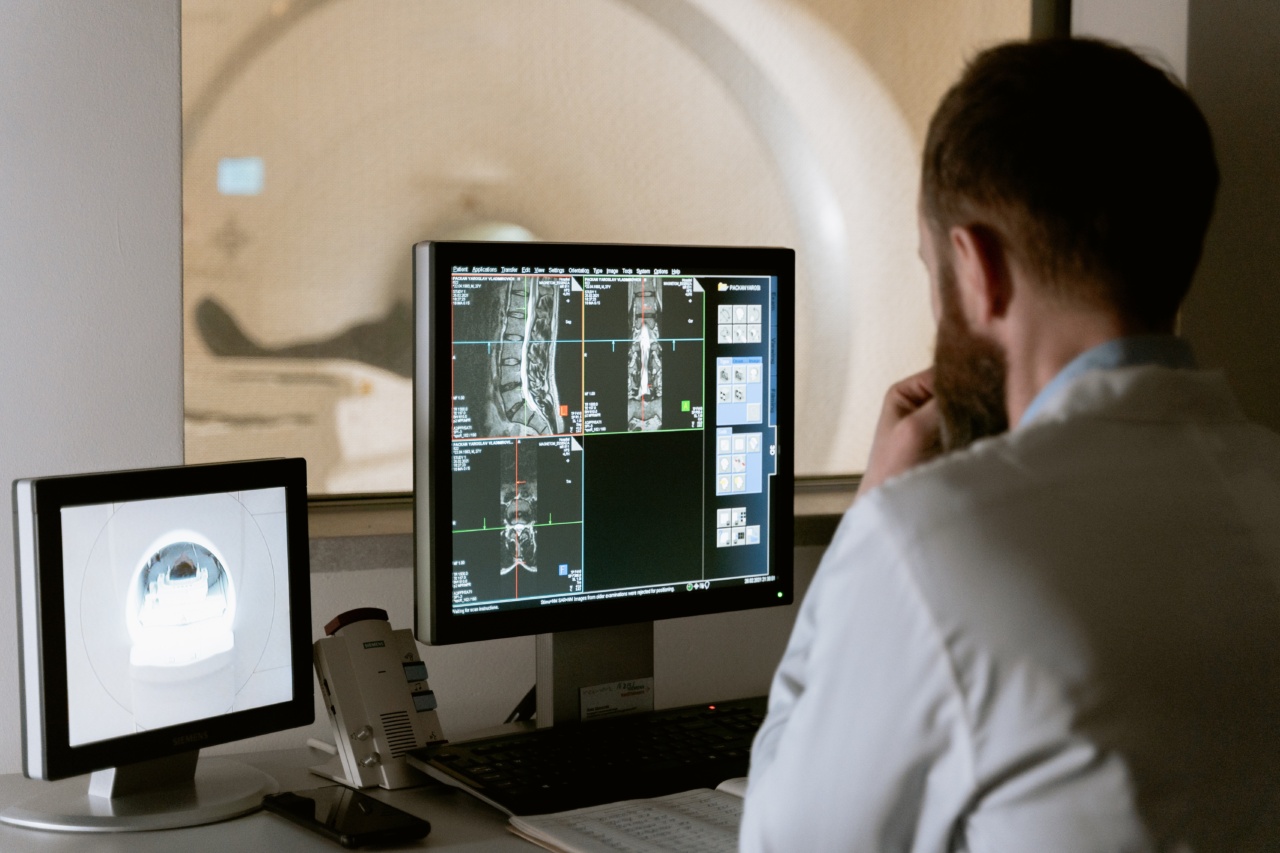Barda is a town in Azerbaijan that has been making significant strides in the field of medical technology assessment. This process plays a crucial role in evaluating the safety, effectiveness, and cost-effectiveness of medical technologies.
By conducting thorough assessments, Barda is able to ensure that its healthcare system is equipped with the most advanced and appropriate medical technologies to provide the best possible patient care.
1. Introduction to Medical Technology Assessment
Medical technology assessment (MTA) involves the evaluation of medical devices, procedures, pharmaceuticals, and other healthcare interventions to determine their value and impact on patient outcomes.
It is a multidisciplinary process that combines clinical, economic, and social perspectives to make informed decisions about the adoption, diffusion, and use of medical technologies.
2. Importance of Medical Technology Assessment
Medical technology assessment plays a vital role in healthcare systems worldwide. It helps healthcare providers make evidence-based decisions regarding the selection and utilization of medical technologies.
By assessing the benefits, risks, and costs associated with different technologies, healthcare organizations can optimize resource allocation and improve patient outcomes.
3. Advancements in Medical Technology in Barda
Barda has made significant progress in the field of medical technology. The town has been actively involved in the assessment and adoption of innovative medical devices, equipment, and procedures.
Barda’s commitment to medical technology assessment has led to the introduction of advanced diagnostic tools, surgical instruments, and medical imaging systems in its healthcare facilities.
4. The Process of Medical Technology Assessment
The assessment of medical technologies in Barda involves a systematic and evidence-based approach. The process typically includes the following steps:.
Step 1: Identification of the Technology: The first step is to identify the medical technology that needs to be assessed. This can be a new device, a novel procedure, or an existing technology being used in a different context.
Step 2: Literature Review: A comprehensive literature review is conducted to gather existing evidence on the technology. This includes clinical trials, systematic reviews, and economic evaluations.
Step 3: Data Collection: Additional data may be collected through primary research, such as clinical studies or surveys, to fill any gaps in the available evidence.
Step 4: Evaluation of Clinical Effectiveness: The clinical effectiveness of the technology is evaluated based on its ability to improve patient outcomes compared to existing alternatives.
Step 5: Economic Analysis: An economic analysis is conducted to assess the cost-effectiveness of the technology. This includes analyzing the direct and indirect costs associated with its implementation and comparing it to the benefits it offers.
Step 6: Ethical Considerations: The ethical implications of adopting the technology, such as patient safety, privacy, and equity, are carefully evaluated.
Step 7: Decision-Making: Based on the findings of the assessment, a decision is made regarding the adoption, diffusion, and reimbursement of the technology.
5. Benefits of Medical Technology Assessment in Barda
The implementation of medical technology assessment in Barda has numerous benefits for both patients and healthcare providers:.
Improved Patient Outcomes: By adopting evidence-based medical technologies, Barda’s healthcare system can provide better diagnostic accuracy, treatment options, and overall patient care.
Optimized Resource Allocation: Medical technology assessment ensures that healthcare resources are utilized effectively by investing in technologies that offer maximum clinical benefits at a reasonable cost.
Enhanced Safety and Quality: By evaluating the safety and effectiveness of medical technologies, Barda can minimize risks associated with their use, thus enhancing patient safety and healthcare quality.
Cost-Effectiveness: MTA helps identify cost-effective technologies, reducing unnecessary healthcare expenditures and maximizing the value achieved from healthcare investments.
Regulatory Compliance: Medical technology assessment ensures compliance with regulatory and accreditation requirements, promoting transparency and accountability in Barda’s healthcare system.
6. Challenges and Future Directions
While Barda has made significant progress in medical technology assessment, several challenges exist in its implementation:.
Limited Resources: Lack of financial and human resources can hinder the thorough assessment of all medical technologies, especially in low-resource settings.
Access to Reliable Data: The availability of accurate and up-to-date data is key for effective medical technology assessment. Ensuring access to reliable data can be a challenge in some cases.
Technological Advancements: The rapid pace of technological advancements requires continuous monitoring and assessment to keep up with the evolving landscape of medical technologies.
The future of medical technology assessment in Barda looks promising.
Collaboration with international organizations, investment in research infrastructure, and fostering partnerships with manufacturers can further enhance the assessment process and promote the adoption of innovative medical technologies.
Conclusion
Medical technology assessment plays a crucial role in Barda by evaluating the safety, effectiveness, and cost-effectiveness of medical technologies.
By adopting evidence-based practices, Barda’s healthcare system can provide better patient care, optimize resource allocation, and enhance patient safety. Continuous advancements and robust assessment processes can further strengthen the role of medical technology assessment in Barda’s healthcare system.



























